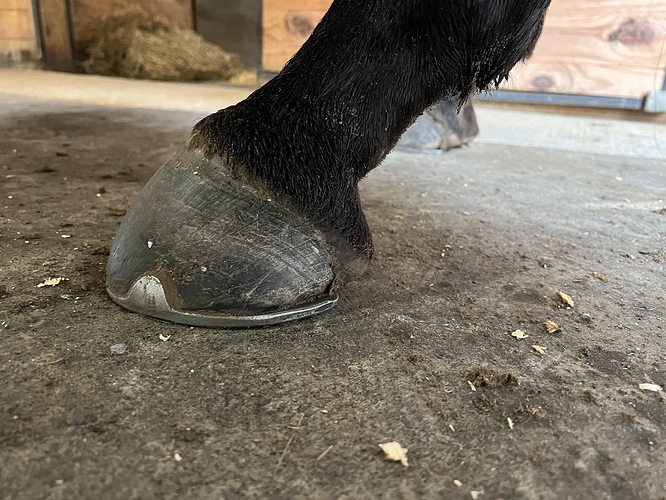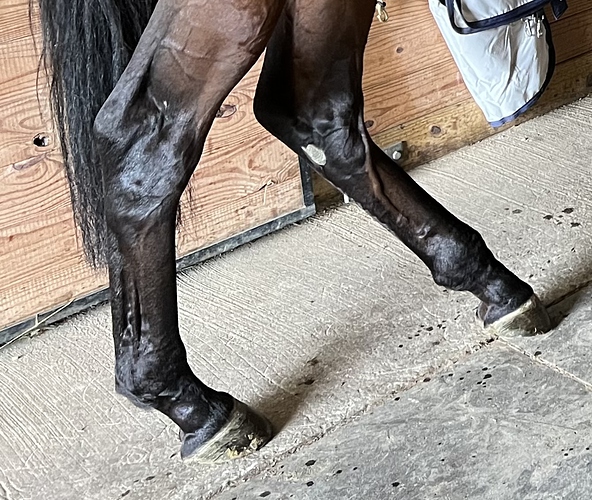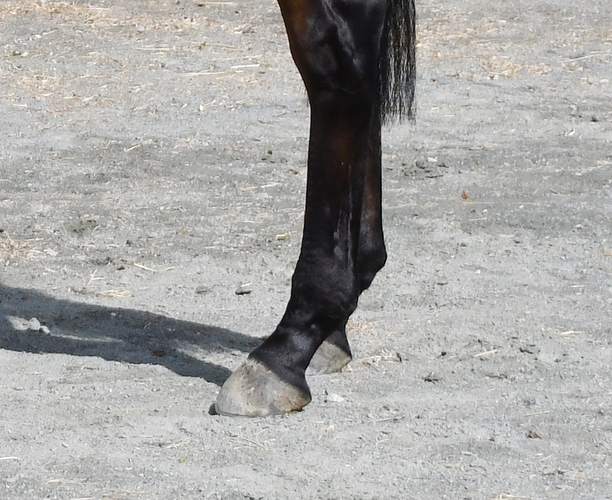Oh man, welcome to the world of do-it-yourself hoof education, as many, many of us are in the same boat (even those of us with a dozen or more local farriers to choose from - many of them are really not good). Let me save you years of struggle and tell you to just start reading and learning everything you can right now. Join the facebook pages, buy the books, scour the websites. Spend the money on a (reputable) course or 5, preferably from multiple people. Do not assume your farrier is going to know what to do (clearly he doesn’t), though you can be grateful he might be interested in collaborating with you and your vet’s direction.
Ask your trimmer to help you learn how to trim - even if he isn’t doing it right, presumably he can show you how to work with the tools so that you can apply what you learn as you go. It’s going to be awkward and hard at first but eventually it will start to click if you keep muddling through. Nobody will care about your horse as much as you so you might as well jump in head first. As the great philosopher Sebastian said “if you want something done, you’ve got to do it yourself.”
Start your journey now so you don’t look back 5 years from now wishing you had started 5 years ago.
Good luck!



 can confirm, from experience! Crappy trimming/shoeing can certainly cause stifle issues, and can cause locking/slipping/catching in a horse prone to it.
can confirm, from experience! Crappy trimming/shoeing can certainly cause stifle issues, and can cause locking/slipping/catching in a horse prone to it.
